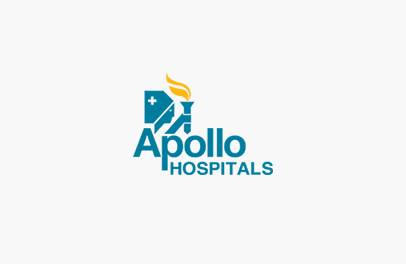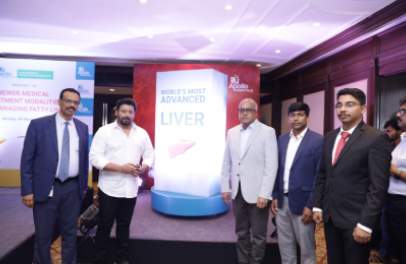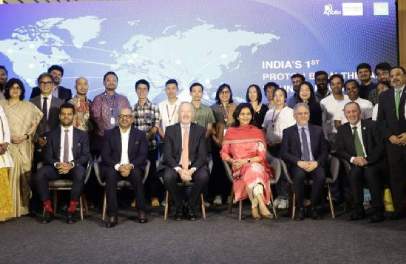
It Is Raining, Take Care Of Your Knee
Though knee injuries are common in sports, in our country the predominant cause is two wheeler injuries. During rainy season this incidence is likely to go up.
How Similar Is This Injury To Sports Injury.
Usually a sudden deceleration of the moving vehicle makes the individual to land on one leg and subsequently the weight of the vehicle in a fraction of a second causes a twisting injury to the knee. This is very much similar to what happens in the football injury where the player with one leg on the ground while trying to kick the ball twists his knee and falls down.
What Happens After The Injury
Usually after such an injury the patient is likely to have one of the following problems.
- Persistent pain and swelling in the knee.
- Knee giving way sensation-patients feels that the bone in the knee joint move away from each other and comes back to position.
- Locking of the knee-the knee gets stuck in one position and with lot of difficulty show manovures after hearing a click it becomes normal.
- Painful clicks in the knee.
Most of the times X-rays of the knee joint are performed and if there are no fractures found around the knee, patients are advised pain killers and physiotherapy without complete relief.
What Causes These Symptoms?
Commonest injury in the knee which can lead to these symptoms is the anterior cruciate ligament injury with or without the tear of the meniscus. The Anterior cruciate ligament is one of the 4 rope like structures which tries to hold both the thigh bone (femur) and leg bone (tibia) together. The meniscus is ‘C’ shaped disc like structure which acts as a shock absorber in the knee between the thigh and leg bone.
What Has To Be Done If There Is Acl /Meniscus Tear?
It is important to be seen by the specialist who treats these injuries regularly and a MRI scan of the knee joint should be performed.
What Should Be Done If These Injuries Are Comfirmed In The Mri?
Once ACL tear is confirmed by the clinical examination by the specialist and with MRI scan, a complete tear causing repeated symptomatic instability should be addressed by reconstruction of the Anterior cruciate ligament along with repair of the tear in the meniscus (if it is coexisting)
When Should This Surery Be Undertaken?
Usually it is advisable to undergo the procedure 15-20 days after the injury which allows the acute swelling, inflammation and bone contusions in the knee to subside. During the waiting period the patients are advised knee brace, pain killers, icing on the knee and gentle mobilization.
How Is This Surgery Performed?
Arthroscopy (key hole surgery) has revolutionized the treatment of these injuries. An open surgery almost has become forbidden.
| Arthroscopic surgery | Open |
|---|---|
| 2-3 5mm holes are made around the knee opened up for Knee is not opened varying | The knee joint is opened up with incision 10-15cm |
| Less pain, Quick recovery (2-3weeks) | More pain, Takes more time (2-3months) |
| Surgery performed with precision for creating the tunnels in isometric place | Very difficult to have the tunnels for the graft in the Isometric place |
| Full and quick functional recovery | Delayed and incomplete functional recovery. High risk of permanent restriction of knee movement is there |
| Almost the risk of infection is nil | The incidence of infection with open surgery is higher compared to Arthroscopic surgeries |
| Cosmetically appealing. | Disfiguring scar. |
How Is The Reconstrucion Of The Anterior Cruciate Ligament Performed? Does It Require Any Artificial Graft?
The reconstruction is performed using the patient’s own graft-hamstring tendon. These are tendons which are surplus in number around the knee which can be used to reconstruct the anterior cruciate ligament, without causing any disadvantages to the patients.
The Way I Do It
Anatomic Transportal Acl Reconstruction:
I harvest the Hamstring graft- semitendinosus/ Gracillis with a small 2cm incision just below the knee. Then 2 small 5mm holes one made in front of the knee one for viewing and other for working. A tunnel in the thigh bone is created, exactly where the previous attachment of the native ligament had been. Here with the conventional technique or Trans tibial technique (making a tunnel in the leg bone and through which the tunnel placement on the thigh bone is aimed) placement of the tunnel on the thigh bone may not be possibly created at the right place always. As this particular step decides the outcome of the surgery, the transportal anatomical ACL reconstruction technique enjoys a high degree of success (>98%) in Anterior cruciate ligament reconstruction surgery. Once the tunnel is made on the femoral side, then the tunnel is created on the tibial side and the and the prepared graft is now pulled through the tunnels and replaces the previous torn ligament. The graft is fixed in place with a button on the thigh side and a absorble screw on the leg side.
What Happens To The Meniscal Injury?
The meniscal injury based on the size and location either it is trimmed or sutured at the same time of ACL Reconstruction.
What Happens After The Surgery
The patients need to stay in the hospital for 1-2 days.
Can walk with a knee brace (used for 10 days) without support, with full weight the very next day. Can bend the knee 90 degree and more.
Can drive a car in 10 days’ time
Can walk 1-2 km/day in 3weeks
Can swim/do static cycling in 15days
Can run after 2 months. In 2 months full knee bending can be achieved.
Dont’s
No squats/cross legs/ contact sports for 6 months.
What Happens If Your Do Not Do This Procedures?
There will be repeated incidences of knee giving way episodes. Every time there will be sharp pain and swelling for few days. And over few years the knee will undergo wear and tear leading to arthritis.
DR.C.LENIN is pioneer in the field of the Arthroscopic surgeries. He has pioneered and performed more than 3000 transportal anatomic ACL Reconstructions successfully to date.
UPDATED ON 14/05/2024
Apollo Highlights & Updates
 Apollo Hospitals in Indore Introduces Central India’s First CORI Hip Replacement Surgery System....
Apollo Hospitals in Indore Introduces Central India’s First CORI Hip Replacement Surgery System.... Call Us Now
+91 8069991061
Book Health Check-up
Call Us Now
+91 8069991061
Book Health Check-up





